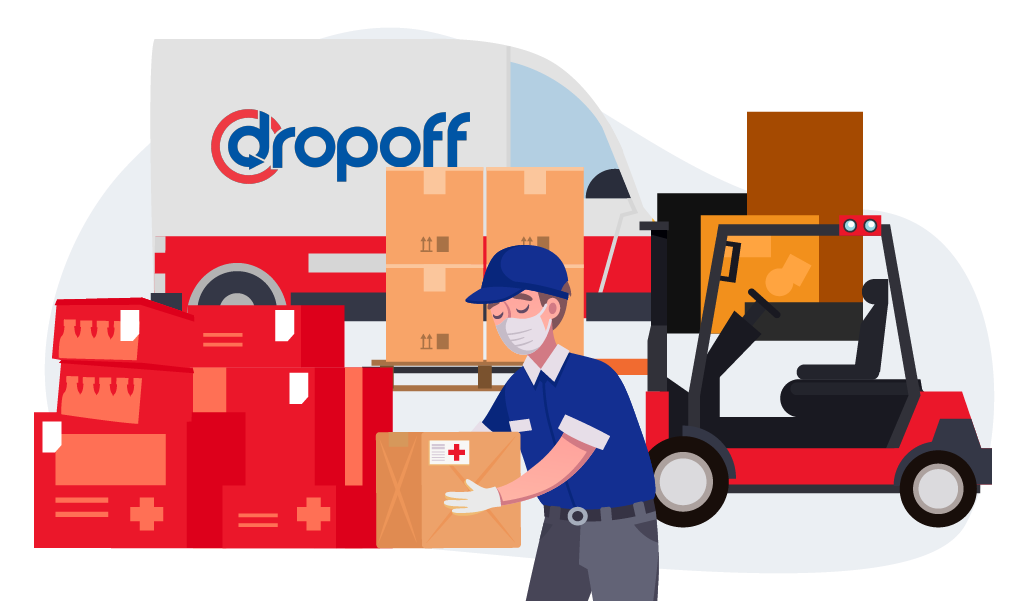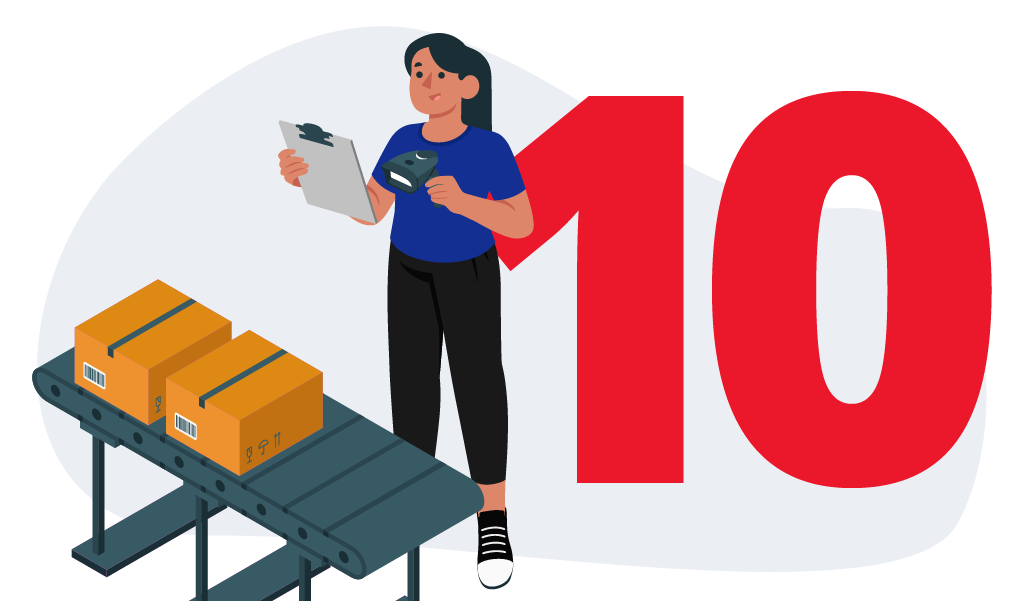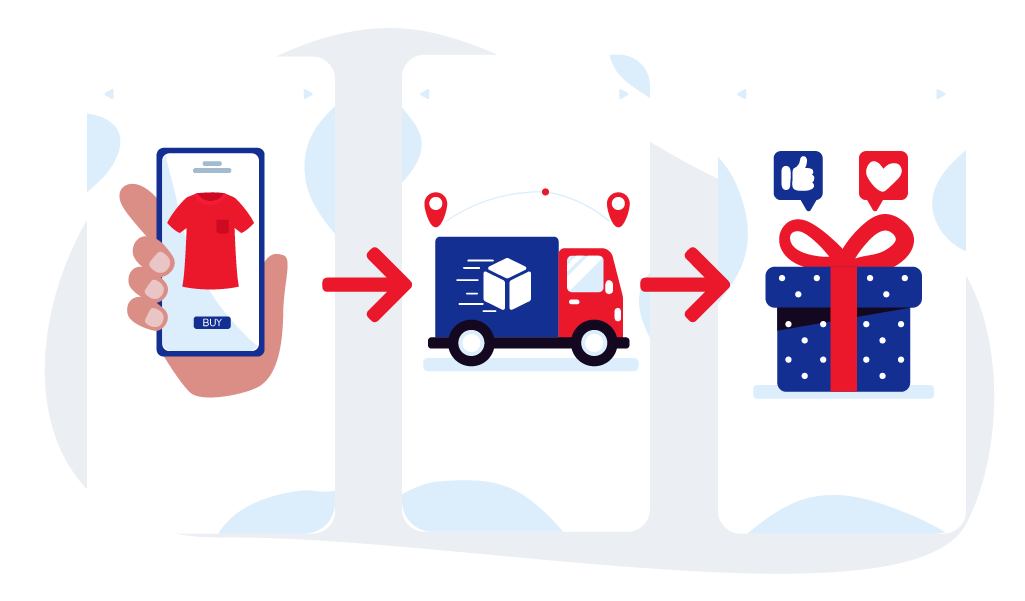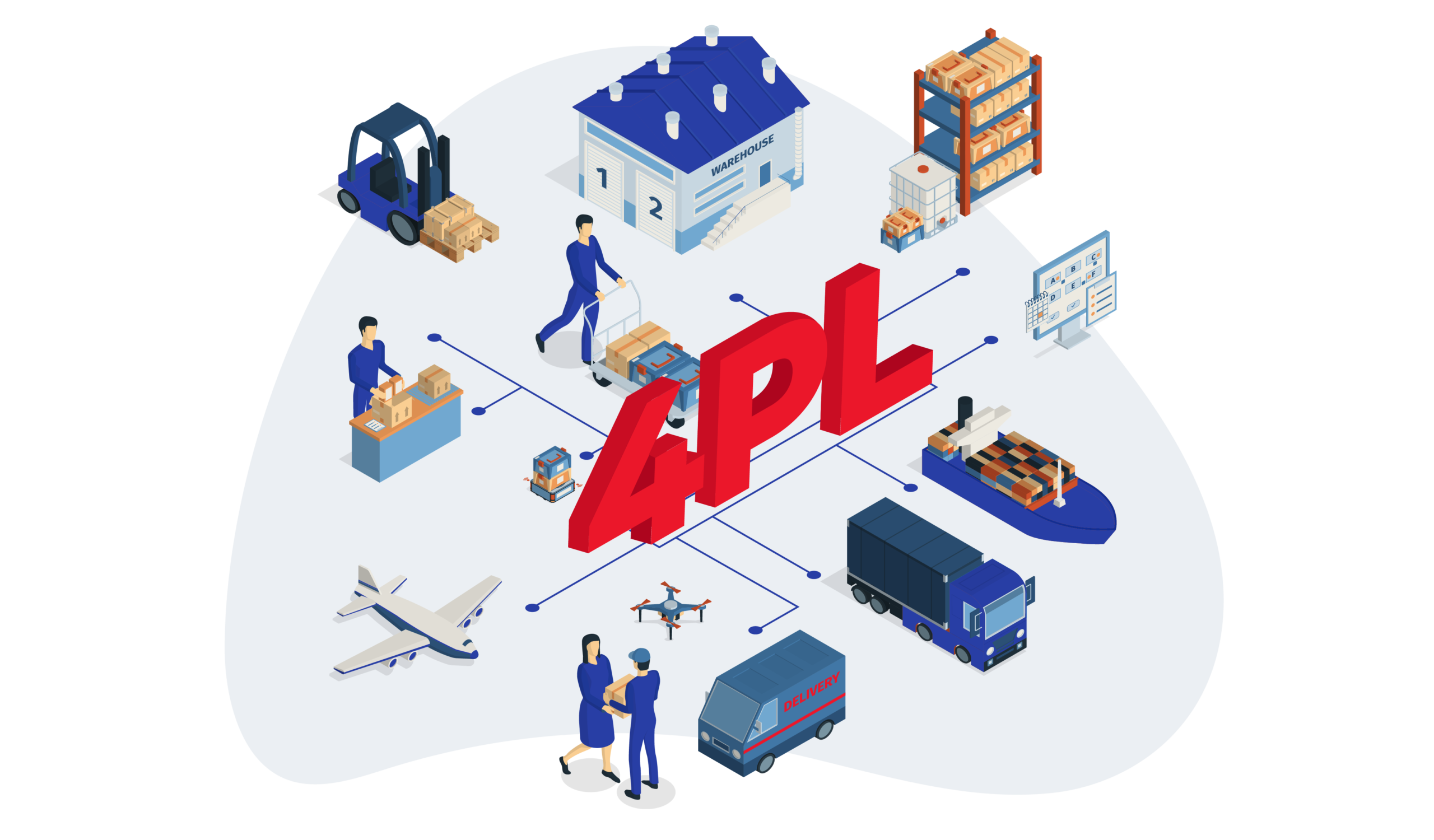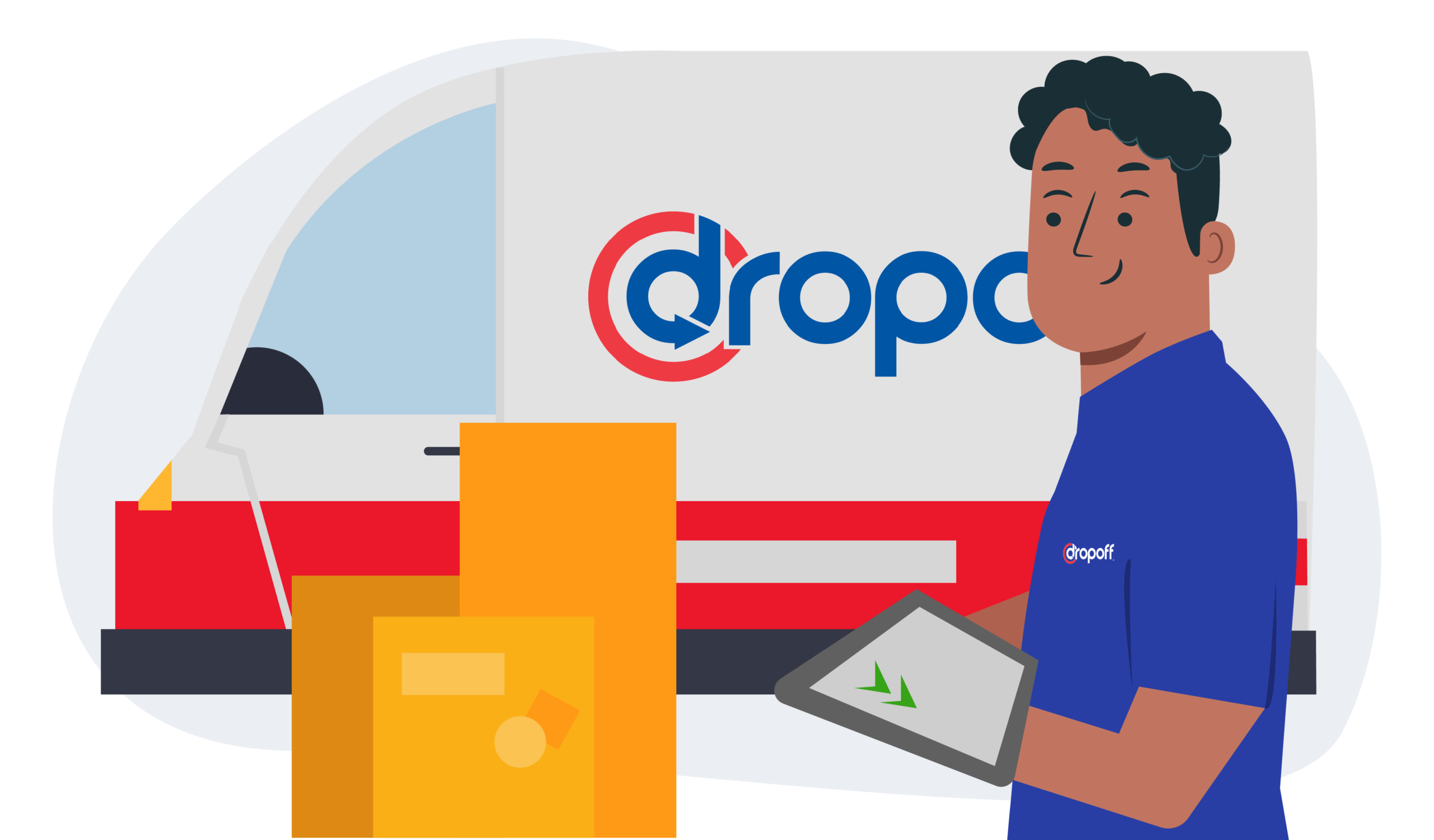What Is Delivery Scheduling and How to Organize It for Your Business
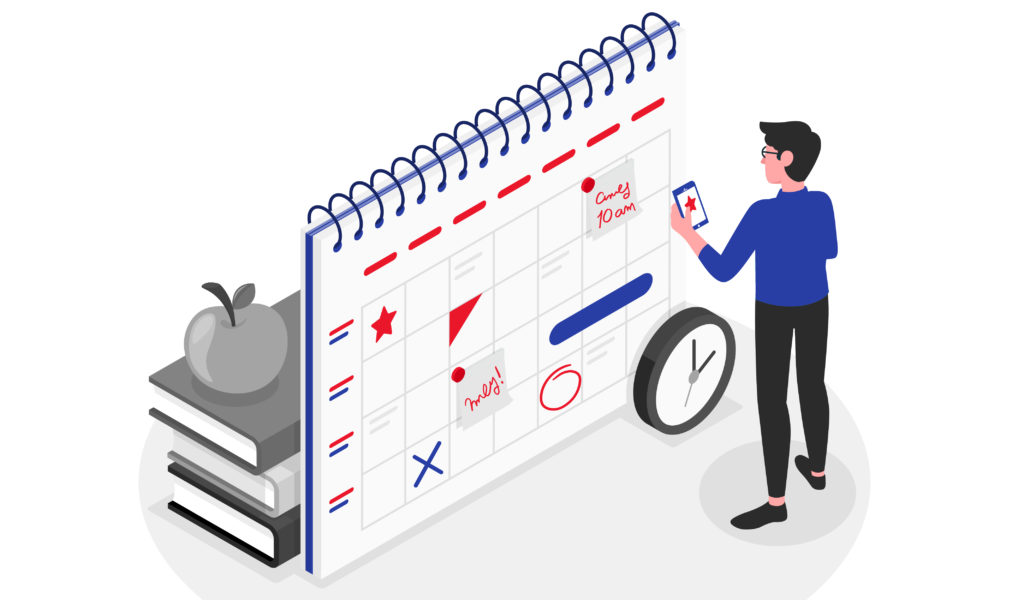
There are a lot of moving parts when it comes to running a business. One of the most critical but often overlooked aspects is creating and organizing a delivery schedule.
You may be overwhelmed and struggling to meet customer demand without a delivery schedule. This blog post will discuss what goes into creating a delivery schedule and how to organize it for your business!
What Is a Delivery Schedule?
The delivery schedule is an agreement between the buyer and seller on when and how often merchandise will be delivered. This can be a mutually agreed-upon schedule or one that the buyer sets.
The contract is often written so that it can be changed, but there are limits on how it can be changed and when it needs to be delivered. The buyer and the seller are interested in making sure this is clear.
Top 3 Challenges in Efficient Delivery Scheduling

Here are the main challenges in efficient delivery scheduling:
1. Lack of Standards
You should have a transparent system for picking and delivering orders in your company or online store. Many businesses do not have a set process or rules for delivering orders. They do this job based on their schedule, which can cause customer and business problems.
If a business does not have a transparent process for picking and delivering orders, it can delay deliveries or lead to no-show deliveries.
This approach can positively or negatively affect customers and brand reputation. On-demand delivery is gaining popularity these days, so it’s essential to have reasonable procedures to keep up with consumer demands.
2. Lack of Flexibility
Problems can always happen even if your delivery schedule is very well organized. For example, order cancellations, product recalls, or last-minute orders. Many online and offline stores offer same-day delivery.
This approach is common but can cause delivery scheduling process problems. A skilled manager should be able to adjust delivery schedules in these situations. It can be a challenge for those who spend less time and effort optimizing delivery processes.
3. Unforeseen Delays
Sometimes, issues arise that delay your package’s delivery time. This might include bad weather, road closures, or heavy traffic. These things are harder to predict and plan for than if someone changes their order. Delivery truck drivers should be prepared for any changes or delays along the way and take the most efficient route possible.
Sometimes it is necessary to revise an entire delivery schedule. This can be stressful and take up a lot of time. Delivery scheduling software and route optimization tools help update paths in real-time and manage difficult situations.
How Delivery Scheduling Works

The delivery schedule is when you plan how and when orders will be delivered. It would help if you had good inventory and order visibility, so you know what is coming in and going out and where each order is. Delivery schedules work together with order and inventory management to help everything run smoothly.
Next, you calculate the distance to each delivery destination. You want your drivers to take the smartest routes to reduce the distance traveled between delivery drops. The best route is the shortest, safest, and fastest one.
This requires a good plan. The plan should consider all the challenges and solve them. The plan should also ensure that the delivery schedule uses business resources well.
The final step in your scheduling is to arrange the delivery stops into a single-driver trip. Assign the orders to suitable vehicles, considering the package size, weight, and other dimensions. You should also allocate these trips to an appropriate driver you trust to make good deliveries.
This process for scheduling deliveries requires some flexibility. This is because the routes and circumstances can change at the last minute. But if you have a scheduling plan, you can respond better to unexpected challenges. This can lead to more efficient scheduled deliveries and satisfied customers. It can also help your bottom line.
7 Steps to Organize an Efficient Delivery Scheduling System
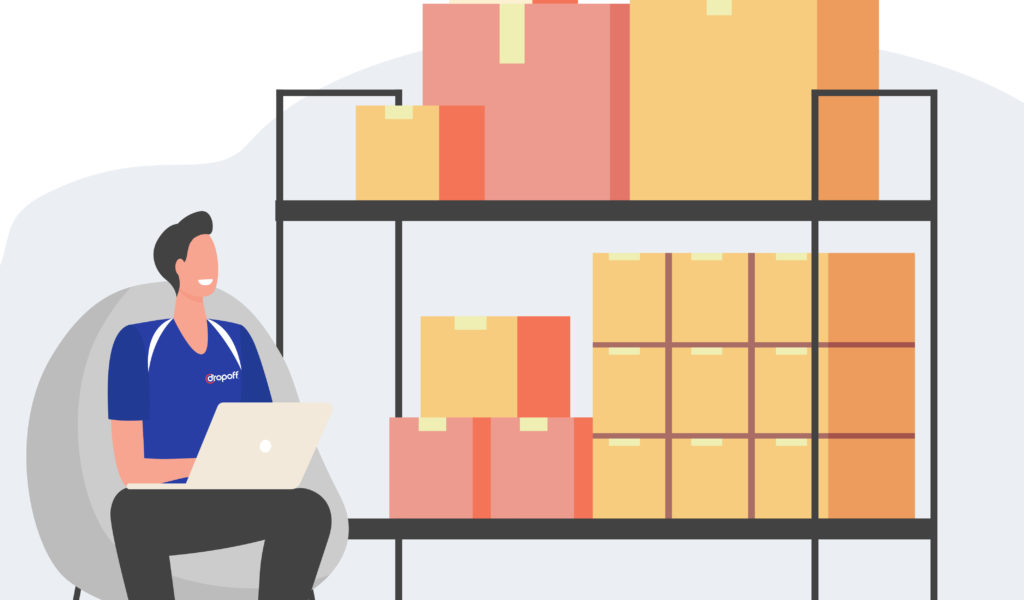
Here are seven crucial steps to take when organizing an efficient delivery scheduling system:
1. Identify the time available to complete each task
The time it takes to deliver something can vary a lot depending on what industry you’re in. For example, the time it takes to provide food differs from when you’re delivering medical equipment. The demand for services can vary a lot depending on the time of the week, month, or year. For example, demand might be higher around Christmas and lower during the summer holiday season.
To make a good schedule, you must consider people’s work breaks, shifts, time off, and absences. You also need to have the correct number of key staff so your delivery service can run smoothly. It would help if you found the right balance so that the quality of your service does not go down during peak times and that payroll does not hinder the business during slower times.
Additionally, think about how much time it takes to complete a delivery. This number varies, but if you calculate the average time per delivery, you can have a rough estimate of how many deliveries your drivers can do in one route. Now that you have this information, you can start scheduling the deliveries.
2. Arrange the tasks based on the priority level
No order is the same because no customer is the same. You need to prioritize every order to create the best delivery schedule. If you want to plan your schedules better, you can use a priority list. In most cases, the type of delivery will tell you which one to schedule first.
Here is an example of a priority list based on the type of delivery:
1. Same-day delivery (because it is the quickest)
2. International delivery (because it takes the longest time)
3. Standard delivery
4. 7-day free delivery (because you can schedule them once per week)
3. Use the right delivery scheduling software
You should use multi-stop route planners if you are an organization that delivers regularly. This is the best way to make sure that everything is managed efficiently. The software will do all the complicated work for you, so you don’t have to worry about it.
If any last-minute delays or surprises arise, the software will be able to reschedule the route for you. This means that drivers always have the most up-to-date delivery routes, and managers won’t have to rush to create alternative routes last minute.
Route planning software will also help improve communication between dispatchers and drivers. The routes automatically update if you add or remove any new stops in real-time.
4. Optimize your routes
Logistics managers can create efficient and effective delivery schedules with the correct route optimization tool. This route optimization tool can assign the most suitable orders to the right vehicles and plan a delivery schedule that maximizes time.
Optimization should also go beyond route planning; learn more about how to optimize your logistics operations as a whole.
5. Track your vehicles
Keeping track of your vehicles is vital for improving your delivery schedule. You need to know where they are before you plan the delivery trips.
It’s also essential to track their progress while on the road. This will help you change your routes and understand how your scheduled deliveries will perform. Tracking your vehicles is also an excellent way to improve communication with your drivers and customers.
Overall, last-mile delivery tracking is a necessary part of your delivery process.
6. Improve customer communication
It’s essential to communicate with customers when it comes to scheduling deliveries. This way, they feel more involved in the process and know what is going on. Sending order and delivery notifications keeps customers in the loop about their orders’ date and expected time of arrival (ETA).
However, there is more to it than just making the schedule. You also need to make sure that people know about the schedule and understand it. For example, you can send customers tracking links that will tell them when the delivery will happen. This way, they will know precisely when the delivery will occur and are less likely to miss it. This will lead to shorter delivery windows, less wait time, and fewer returns.
7. Analyze performance and results using metrics
If a driver regularly misses their delivery windows, then there is a problem with the schedule. The schedule might not give them enough time to do their job, or it might not be allocating enough time for them to be late. That is why creating schedules one day at a time is the only way to overcome some of the biggest delivery challenges.
To calculate key performance indicators accurately, you need to have complete visibility over the entire operation. This way, you can track and monitor performance and record results. There are many KPIs to consider when tracking last-mile delivery.
Why Delivery Scheduling Works Best If You Work with a 3PL
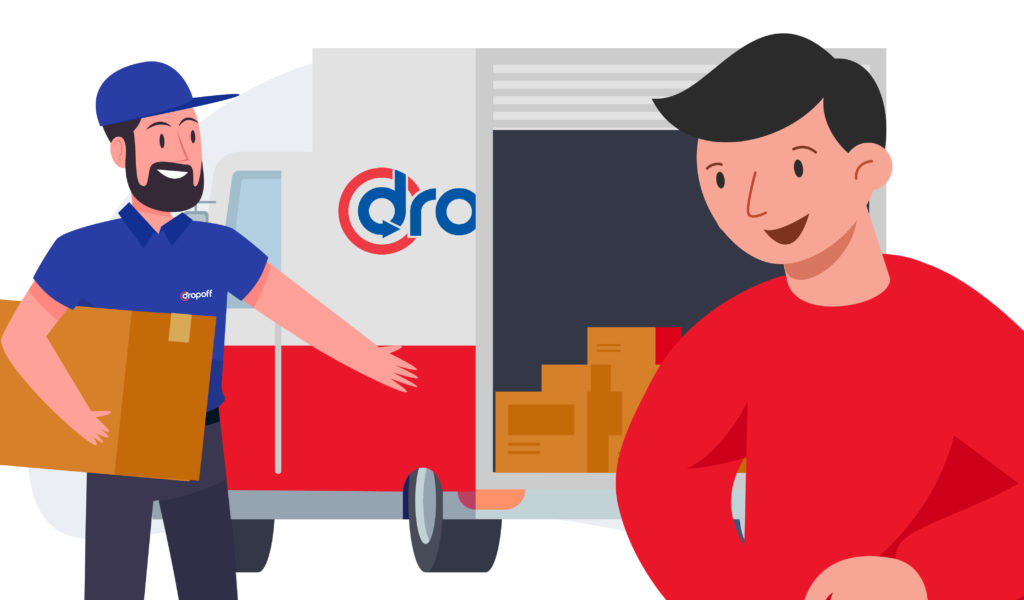
If you’re like most businesses, you’ve probably struggled at some point with a delivery schedule. However, it doesn’t have to be complicated. Involving a third-party logistics (3PL) partner can make the process simpler and more efficient.
3PLs like Dropoff have the experience and expertise to create an effective delivery schedule. We know how to account for delivery times, traffic patterns, and weather conditions. As a result, we create schedules that minimize delays and maximize efficiency.
3PLs can also help you coordinate with multiple parties. If you’re trying to schedule delivery on your own, you may need to coordinate with various suppliers, manufacturers, and carriers. This can be daunting, but a 3PL partner can help streamline the process and ensure everyone is on the same page.
3PLs can provide valuable insights into your delivery process with delivery scheduling software. They can even help you identify areas where your process is inefficient and make recommendations for improvement.
Are you interested in partnering with a 3PL?
Check out our guide on how to choose a third-party logistics provider.
Bottom Line
A delivery schedule can be a great way to organize your business and ensure everything runs smoothly. But it can also be tricky to get right, mainly if you’re not used to planning shipments. That’s why we’re here to help.
Talk with a Dropoff expert today about setting up a delivery schedule that works for your business.
FAQ – Delivery Scheduling
1. What is the purpose of a delivery schedule?
A delivery schedule decides which orders get delivered on which routes and in what order. This process may also include optimization, which means that the best way to deliver the orders is planned out.
2. How do I organize my delivery routes?
Here are different ways to organize routes for deliveries:
- Use delivery management software
- Optimize routes for route scheduling
- Assign tasks to the drivers
- Provide customer ETAs
- Share the route plan with the driver
3. Why do we need to schedule deliveries?
Below are a few reasons why you need to schedule your deliveries:
- Quicker dispatch of products
- Easier management of fleets and drivers
- Allows sharing of route plans with delivery drivers
- Better customer experience

